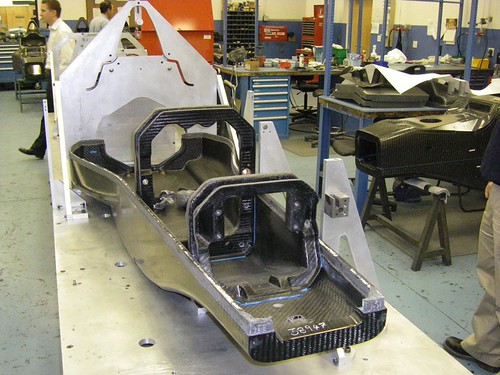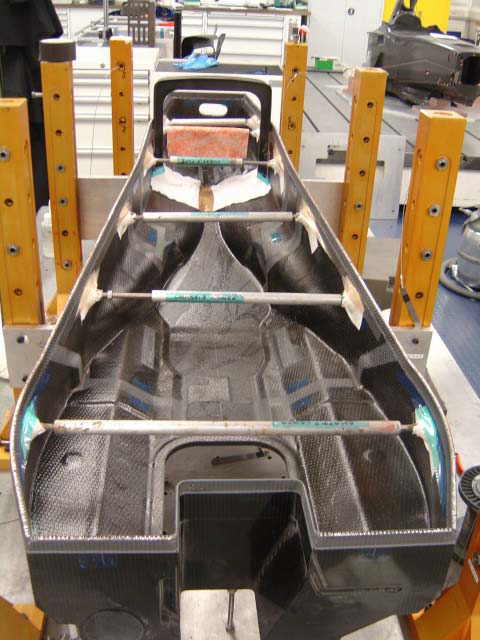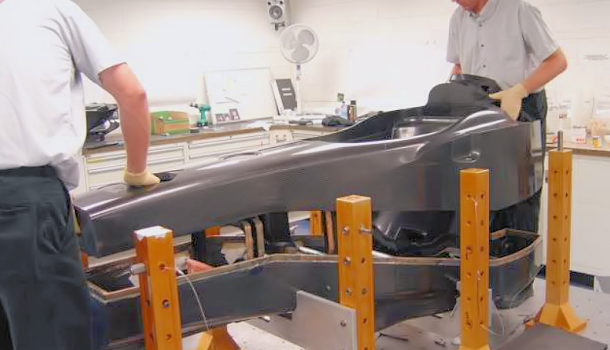Does anyone have any good images of how teams bond the top and bottom halves of their monocoques together? What type of joints do they use? Types of adhesive?
Thanks.
- Login or Register
No account yet? Sign up




